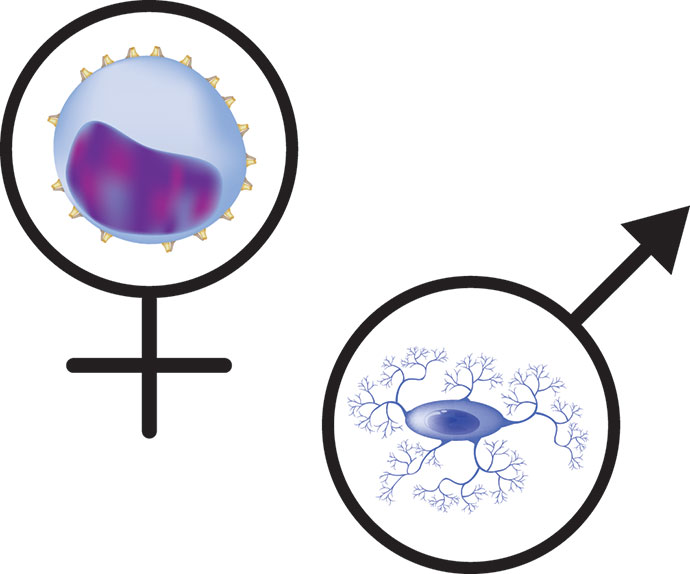Advertisement
Grab your lab coat. Let's get started
Welcome!
Welcome!
Create an account below to get 6 C&EN articles per month, receive newsletters and more - all free.
It seems this is your first time logging in online. Please enter the following information to continue.
As an ACS member you automatically get access to this site. All we need is few more details to create your reading experience.
Not you? Sign in with a different account.
Not you? Sign in with a different account.
ERROR 1
ERROR 1
ERROR 2
ERROR 2
ERROR 2
ERROR 2
ERROR 2
Password and Confirm password must match.
If you have an ACS member number, please enter it here so we can link this account to your membership. (optional)
ERROR 2
ACS values your privacy. By submitting your information, you are gaining access to C&EN and subscribing to our weekly newsletter. We use the information you provide to make your reading experience better, and we will never sell your data to third party members.
Biological Chemistry
How evolution repurposed a bone gene for brain development
Study suggests gene that mice express in muscle and bone helps regulate how primate neurons form connections
by Michael Torrice
November 10, 2016
| A version of this story appeared in
Volume 94, Issue 45

Millions of years of evolution separate us from our last common ancestor with mice. In that time, our brains, and those of other primates, have picked up some impressive cognitive abilities.
A team of neurobiologists now report an example of genetic tinkering that helped this happen. They found that a handful of DNA base pair changes allowed a gene normally expressed in the muscle and bone of mice to turn on in primate brains when neurons fire (Nature 2016, DOI: 10.1038/nature20111). Because this gene gets expressed in response to brain activity, the researchers think that it plays a role in how our brains develop during childhood as we process inputs from the world around us.
The work “gets at this underlying question of how did we as a species, and primates more generally, evolve our cognitive abilities,” says Justine Kupferman of Columbia University, who, along with Franck Polleux, wrote a perspective accompanying the new report.
The research team, including Bulent Ataman, Gabriella L. Boulting, and Michael E. Greenberg of Harvard Medical School, pinpointed this gene by subjecting cultured human neurons to conditions that mimic what happens when neurons receive input from other cells in the brain. One gene active in human cells but not in mouse cells was OSTN, which codes for the protein osteocrin.
Further experiments revealed that, when turned on in neurons, OSTN helps regulate the growth and shape of dendrites, the spiny structures the cells use to connect up with their neighbors during development and learning and memory.
The Harvard team also found changes, which had accumulated over evolutionary time, to DNA sequences that regulate OSTN expression. These changes allowed for a transcription factor to turn on the gene when neurons become active, explaining why the gene is expressed in primate but not mouse brains.
Besides beginning to paint a picture of how primate brains developed such complexity, Boulting says the findings point out there can be profound differences between how human and mouse neurons behave, suggesting researchers should think past mouse models of what happens in our brains.
“There’s much more work to be done on characterizing what the gene does during brain development or during circuit development,” Polleux says. “The work raises more questions than it answers, but that’s the whole idea behind good research.”





Join the conversation
Contact the reporter
Submit a Letter to the Editor for publication
Engage with us on Twitter